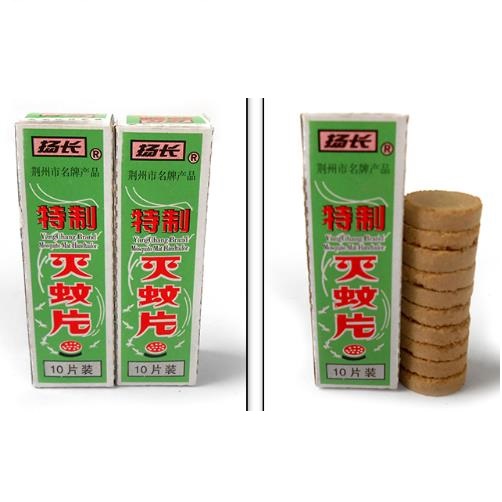Jin Honglei (Talk | contribs) |
Jin Honglei (Talk | contribs) |
||
| Line 73: | Line 73: | ||
</li> | </li> | ||
<li role="presentation"> | <li role="presentation"> | ||
| − | <a role="menuitem" tabindex="-1" href=" | + | <a role="menuitem" tabindex="-1" href="https://2017.igem.org/Team:GZHS-United/Contribution">Contribution</a> |
</li> | </li> | ||
</ul> | </ul> | ||
Revision as of 14:28, 24 October 2017
Discription
Background
As a vector for many pathogens, mosquitoes spread more than 80 diseases within human being. Mosquito-borne disease is one of the leading causes of human deaths. There are more than 2,000 kinds of mosquito in the world, and three of these species are the major perpetrators to spread diseases: Anopheles mainly spreads malaria, Culex mainly transmit filariasis and epidemic encephalitis type B, and Aedes is the vector for dengue fever. Therefore, these three mosquito speciesdo a great harm to human’s health and welfare.




How to treat these problems by traditional way?
Directly killing the adult mosquitoes is the simplist way to control mosquito transmitted diseases. People have developed a series of products like chemical insecticides, electric mosquito-repellent incense to control the activities of adult mosquitoes. However, these methods have limitations and bring contamination to the environment, thus we need new mosqito control methords.
Chemical insecticides have been successfully used during the past several decades to control these dipteran pests and to diminish vector-borne diseases. But the utilize of chemical insecticides has become problematic because of a multiplicity of reasons including physiological resistance in the vectors, environmental pollution resulting in bio-amplification of food chain contamination and harmful effects on beneficial insects.[1]



Bio-pesticide
There has been an improved interest in recent years in the use of biological vector control agents. Bacillus sphaericus (Bs) and Bacillus thuringiensis subsp. israelensis (Bti) are highly toxic to dipteran larvae and harmless to human being, so they could be used as biopesticide to kill mosquito in an early stage. Cry4Ba secreted from Bti and Mtx1 from Bs are two of the important proteins to play this function.
Our work
Bs mainly target culex mosquitoes, while Bti exibits strong killing effect against Aedes mosquitoes. However, if they work together in one system, the efficiency of both the two protein can improve significantly. Because of that, we decided to build up a system which consist of these two proteins based on synthetic biology. So as to ensure that we can get purified protein, we used E.coli as our bio-chasis to synthesize these proteins and applied them in toxicity test. For there had been many bio-bricks from Cry family in iGEM, the new part Mtx1 we introduced into the biobricks in our project may be applied to strengthen the efficiency of former parts of Cry.



